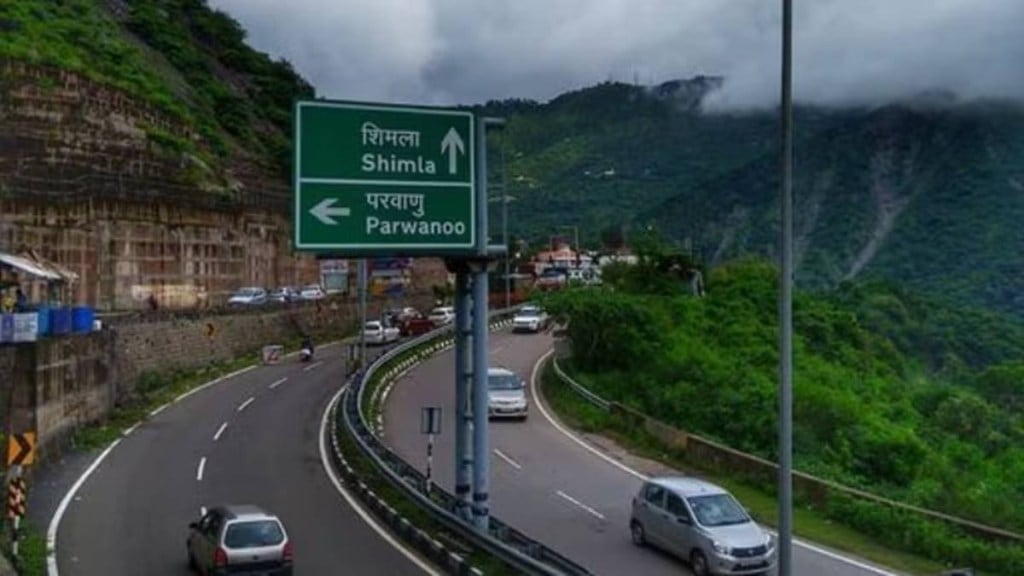Numerous Himalayan rivers have witnessed the emergence of a series of national highways in Himachal Pradesh over recent years. These roads, constructed by the National Highways Authority of India (NHAI) through mountain cutting, were touted as “all-weather” routes; however, the recent floods have exposed a different reality.
The devastating floods in July resulted in more than 130 fatalities, the displacement of thousands, and the blockage of over 1,200 roads due to landslides, erosion, and destruction. In Kullu district alone, approximately 170 roads were impassable. Even the prominent Kiratpur-Mandi-Kullu-Manali Highway, a newly constructed showcase roadway in Himachal, suffered extensive damages, casting doubts on road quality and the employment of scientific methodologies in its creation.
Unscientific construction of roads
The floods have been exacerbated by private companies irresponsibly dumping construction waste into rivers. Experts highlight that the hasty and unscientific construction of roads in mountainous areas significantly contributed to the calamity.
Kiratpur-Manali Highway
The 197-km Kiratpur-Manali Highway, a colossal undertaking in Himachal Pradesh costing roughly Rs 18,000 crore, suffered a setback in its inauguration when a 16-km section was damaged during the July floods. It is anticipated to remain non-operational for “months.” Abdul Basit, a senior official from NHAI overseeing projects in Himachal Pradesh, indicated that around Rs 14,000 crore has been invested by the road construction entity in the project, with estimated flood-induced losses exceeding Rs 500 crore. Precise assessment of the losses is pending.
This highway forms part of an initiative to reduce travel distance between Chandigarh and Manali. It involves the construction of at least 37 bridges and 14 tunnels.
During a visit to flood-affected areas, Union Minister of Road Transport and Highways Nitin Gadkari noted that the region’s stones and gravel are fragile and prone to being washed into rivers during heavy rainfall, contributing to elevated riverbed levels and exacerbating floods. He emphasized the lack of solid rocks in most mountain locations. The “all-weather” roads constructed in the Himalayan region are consistently eroded by annual rains. Gadkari attributed the deteriorating roads to unscientific construction methods rather than the mountains or rivers themselves.
Inadequate training for road construction
Workers on the Manali highway revealed inadequate training for road construction, learning on the job gradually. The road construction in Himachal Pradesh has been marked by arbitrary mountain cutting instead of expert-guided approaches.
Over a month post-floods, more than 300 road sections continue to be closed due to frequent landslides. Contractors were tasked with the work between Manali and Kiratpur, resulting in arbitrary and unscientific mountain cutting, despite the sensitive terrain. Manali suffered considerable damage during this year’s floods, stranding numerous residents.
Despite this, the Himachal Pradesh government has assigned blame to NHAI for flood-related destruction at the Larji hydroelectric project. It is also demanding Rs 658 crore as compensation.
Gadkari proposed altering the river’s course to prevent floods and subsequent damage, suggesting excavation of the riverbed to erect robust stone and concrete walls on both sides. This solution awaits input from a technical committee.

